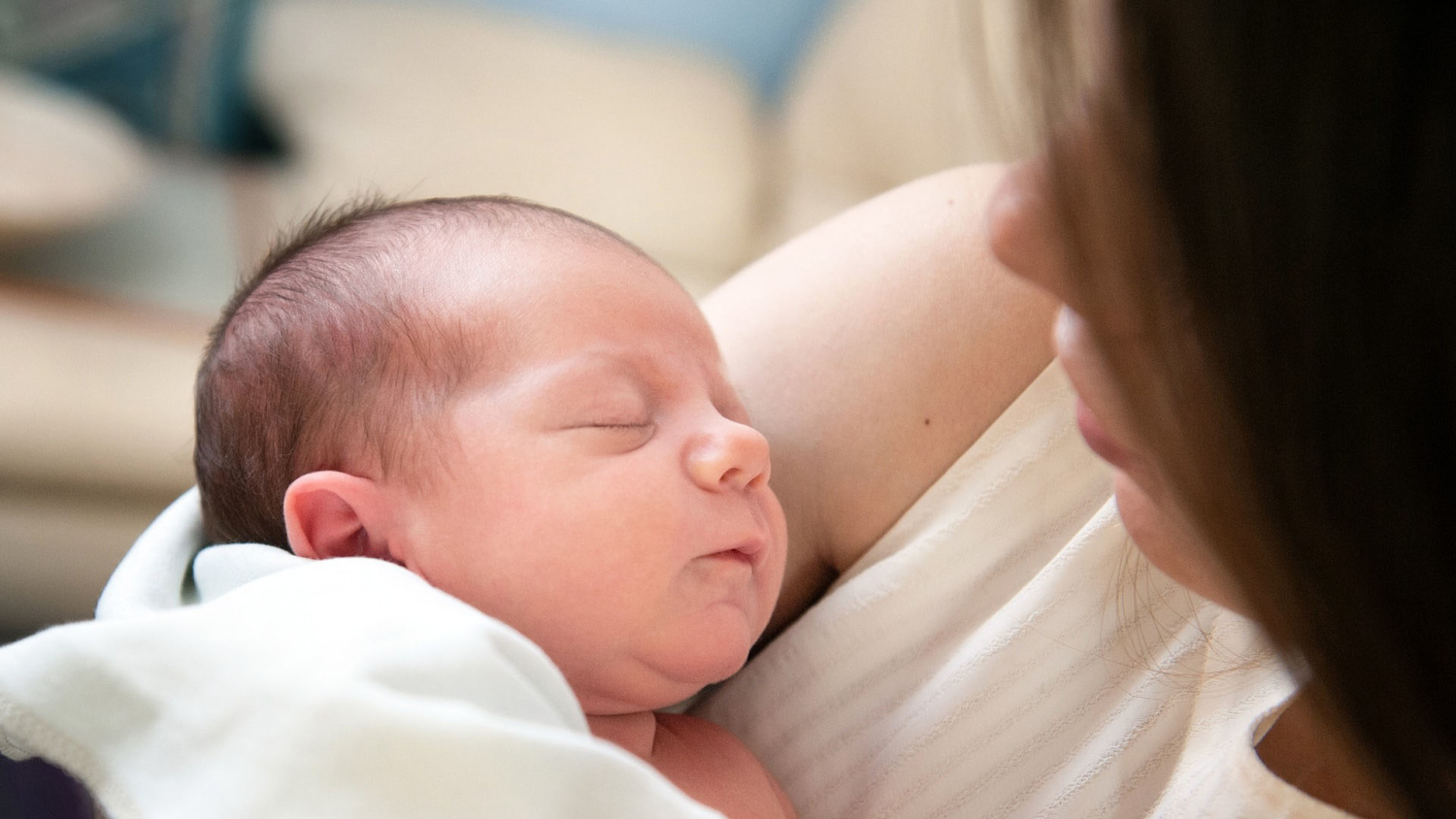New Grant will Leverage Human Centered Design to Improve Maternal and Infant Outcomes



Professors Carolina Gill and Kelly Umstead from the Industrial Design program at NC State are partnering with Alison Stuebe, MD, MSc from the UNC Department of Obstetrics and Gynecology, Kristin Tully, PhD from the UNC Gillings School of Global Public Health and Emily Patterson, PhD of The Ohio State University’s School of Health and Rehabilitation Sciences. The team has received a $2.5 million grant from the Agency for Healthcare Research and Quality at the United States Department of Health and Human Services to identify underlying contributors to postnatal morbidity and mortality and co-develop more effective, sustainable, and scalable postnatal care.
Almost 4 million women and their newborn babies are discharged from the hospital each year, ranking childbirth as the most common reason for hospitalization in the United States. The US is the only high-income country in the world in which maternal mortality rates are rising. This project will enable a stronger start for mothers and their infants, as well as offering a more integrated, value-based model for care that can be shared with other hospitals for widespread implementation.
The goal of the project, ‘Re-engineering Postnatal Unit Care and the Transition Home to Reduce Perinatal Morbidity and Mortality,’ is to identify and define priority needs in postnatal units that contribute to poor maternal and infant outcomes and to design innovative interventions that will ensure their safety and wellness.
“We are approaching the project from the concept of Human-Centered Design (HCD)” said Gill. “We will invite our stakeholders to participate in the design and development process, including moms, partners, administrators, and health care providers, to name a few. We’re focused on developing solutions that are built around user needs. We will explore multiple ideas with minimal commitment before moving forward.” Gill said.
“There is a need for patient centeredness in healthcare to drive health care decisions and quality measurements,” added Umstead. “Human Centered Design methods can provide the healthcare sector with tools to facilitate an empathetic understanding and then work together to envision a way forward. This allows us to holistically consider success from many different levels.”
Gill and Umstead are preparing to begin this four-year project now. “We are excited and honored to collaborate on this project and bring the design perspective to this transdisciplinary team. Together we look forward to make a difference in the health and wellbeing of mothers and babies.”
This post was originally published in College of Design Blog.


